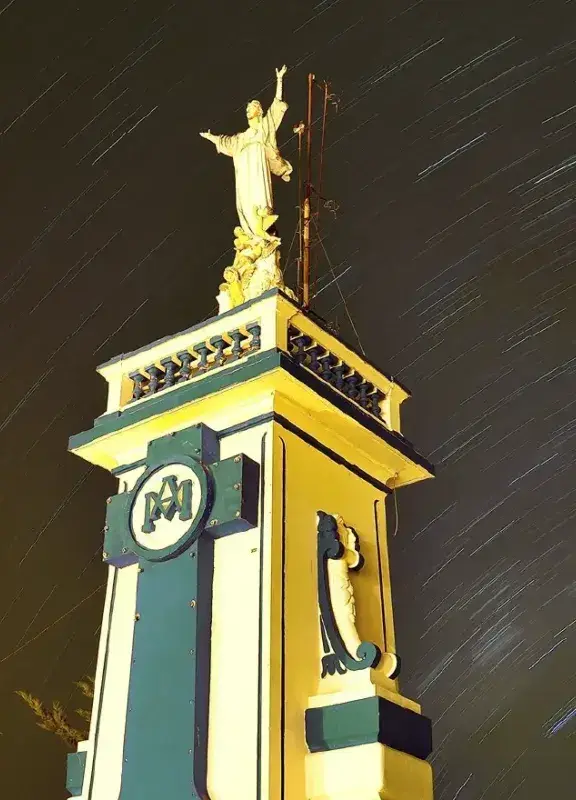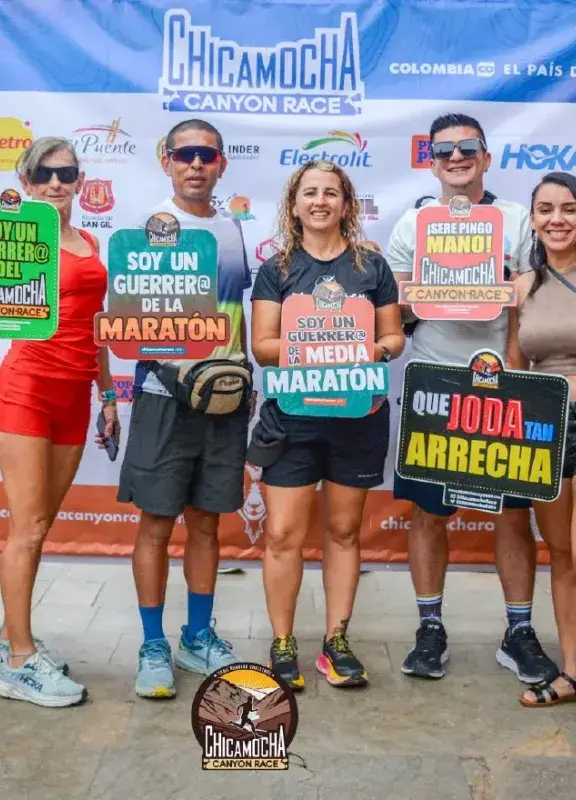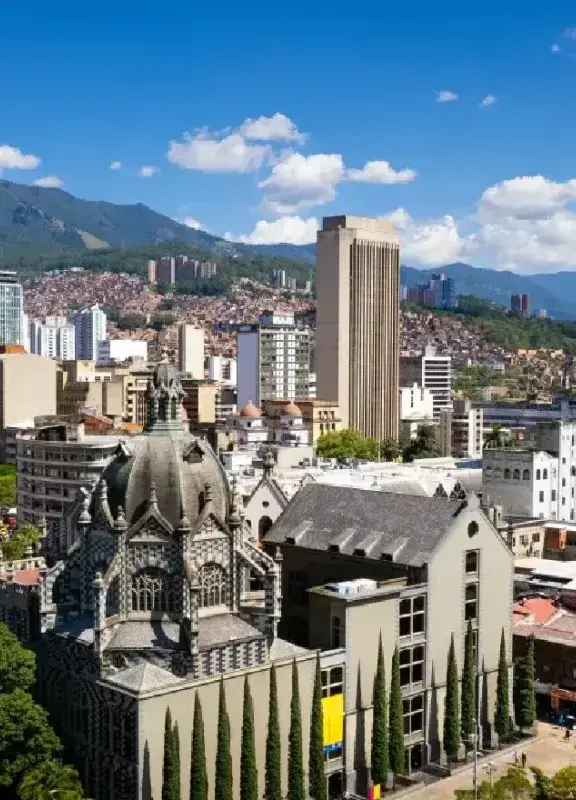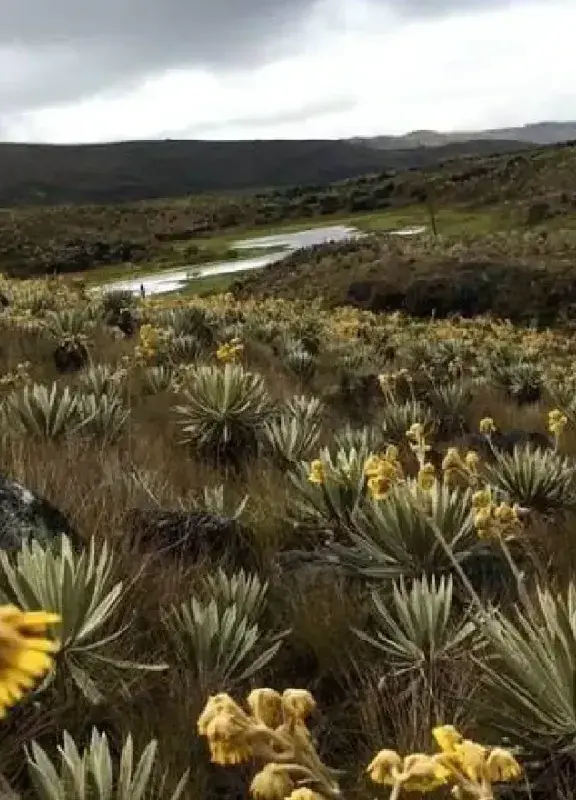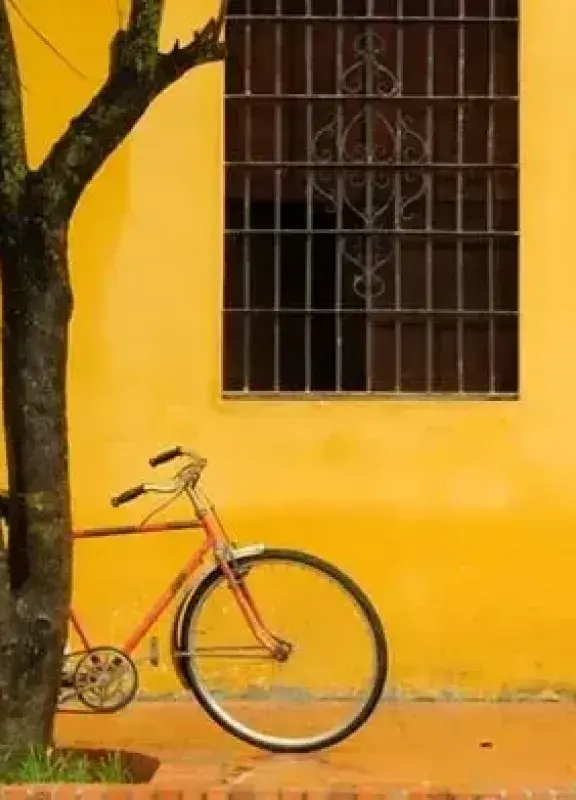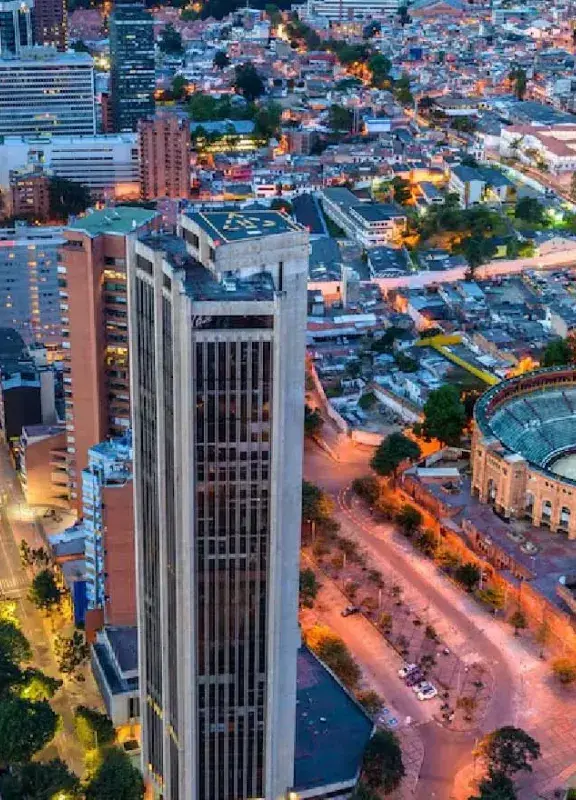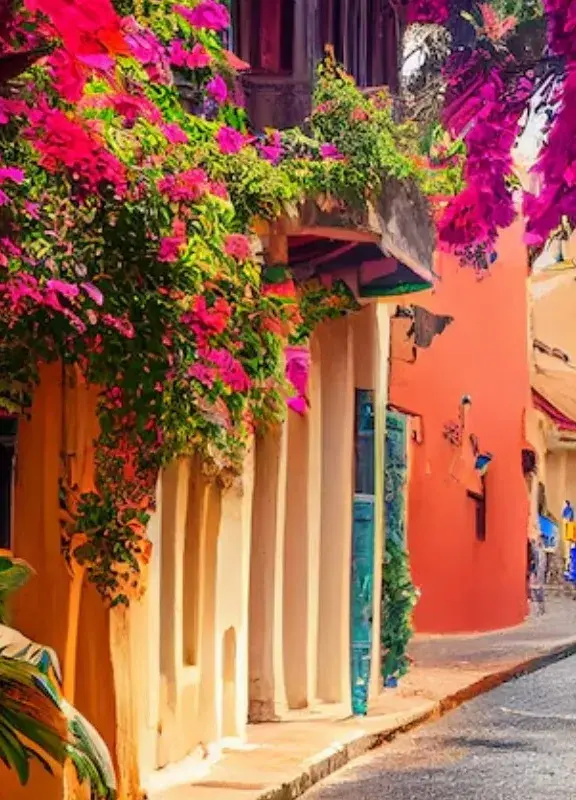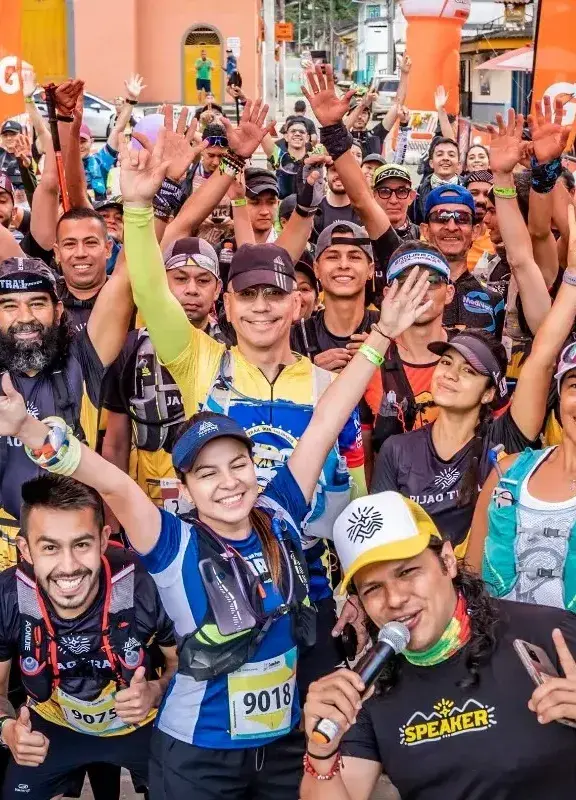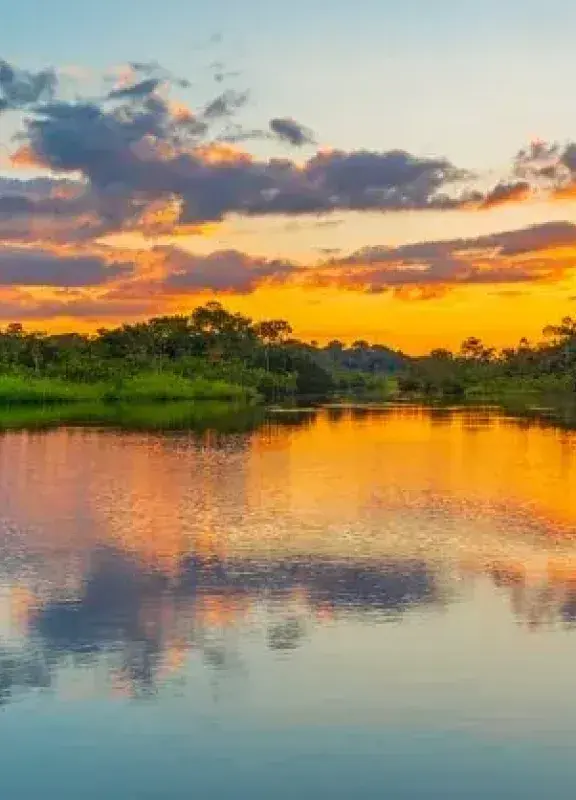What should I visit in Cali? Basic guide to the capital of salsa
This city, nicknamed La sucursal del cielo (the Branch of Heaven), offers salsa classes, ecotourism, lots of museums to visit, and a vibrant nightlife. What else could you expect of the salsa capital of the world?
Cali is one of Colombia’s main spots for industrial and cultural activities and, which is why there are lots of great things to do there. Prepare your visit with this tourism guide and discover what makes Cali one of Latin America’s most exciting destinations!
Route 1: Cali for art lovers
La Sucursal del Cielo is a great place for art thanks to the city’s network of museums and contemporary art galleries, this embracement of culture is the reason Cali is well-known for being so open to new artistic expressions. Also known as Caliwood (an obvious portmanteau of Cali and Hollywood), the city has been one of Colombia’s most important film hubs. Besides Andrés Caicedo, a cinema-lover and Cali’s literature rockstar, the city has played a part in the rise of Carlos Mayolo, Luis Ospina, Carlos Moreno, and many other renowned directors and actors of the national showbiz. If you’d like to know more about Cali’s cinema, you should pay the Caliwood Museum a visit. But first let’s take it from the top. The route begins at the Calima Gold Museum, which houses a magnificent archeological collection of gold ornaments, wood and stone artifacts, and ceramic figures made by early settlers and indigenous tribes of the Colombian Pacific region and around the Cauca river valley that gives the Valle del Cauca department its name. Then, head straight up to La Merced Archeological Museum, Cali’s most important archaeological gallery, where you’ll find ceramic objects made by many indigenous Colombian tribes and a replica of a funerary temple constructed below the earth. Besides this, there are a lot of cultural activities like documentary screenings, book launches, theater plays, and poetry readings. The museum, originally conceived as a religious building, is one of Cali’s colonial architecture jewels.  Next to it you’ll find the Complejo Religioso La Merced, or the La Merced Religious Complex, which also includes the Colonial Art Museum and the Church of La Merced. After this, head to the Enrique Buenaventura Municipal Theater, declared a national monument in 1982, or check out the nearby contemporary art circuit, consisting of the Association for the Promotion of the Arts Proartes, the Jenny Vila Gallery, and others.
Next to it you’ll find the Complejo Religioso La Merced, or the La Merced Religious Complex, which also includes the Colonial Art Museum and the Church of La Merced. After this, head to the Enrique Buenaventura Municipal Theater, declared a national monument in 1982, or check out the nearby contemporary art circuit, consisting of the Association for the Promotion of the Arts Proartes, the Jenny Vila Gallery, and others. 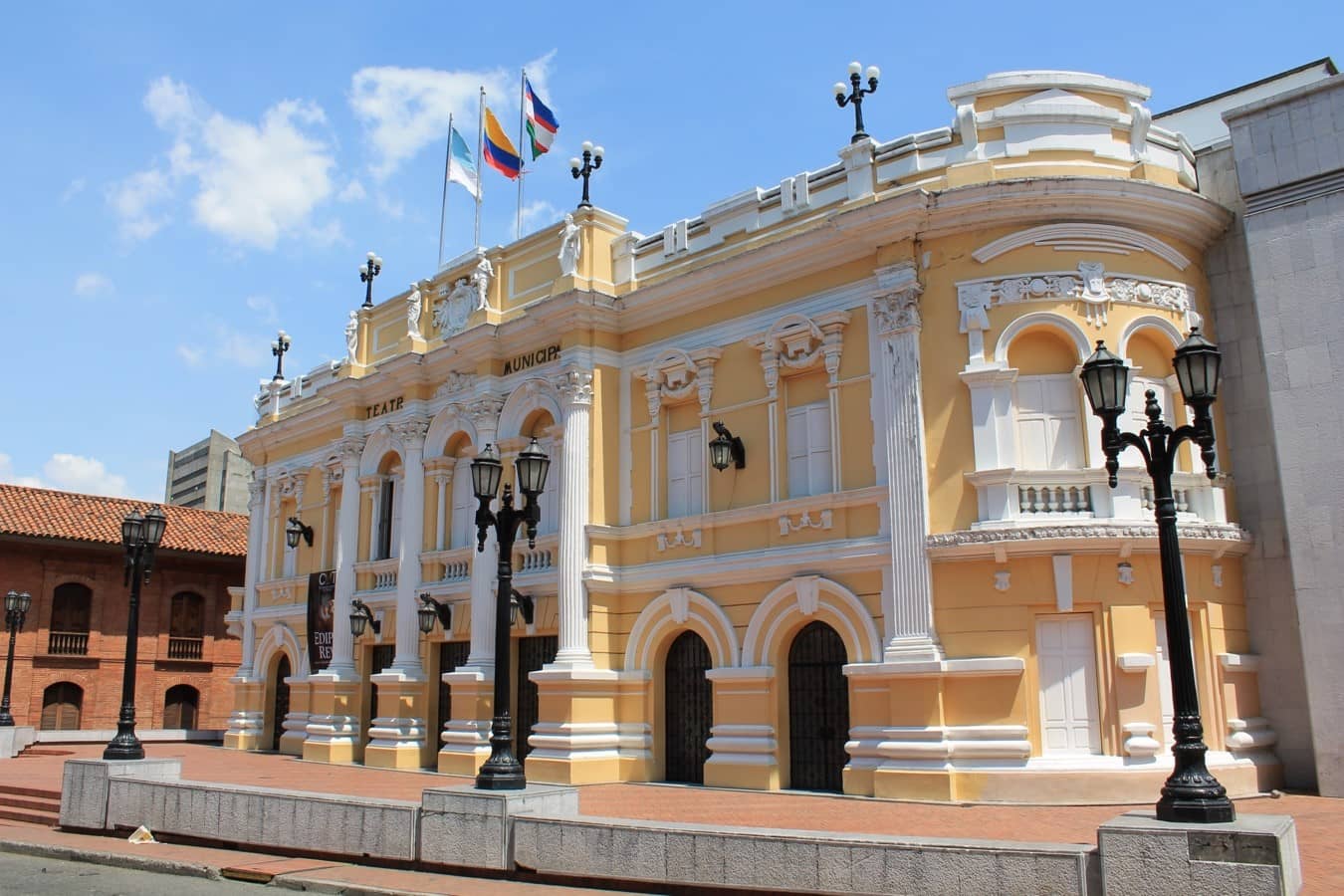 The last stop on the route is La Tertulia Museum, just 5 minutes from the Peñón Park on Belalcázar Avenue, where you will find a beautiful space dedicated to contemporary art, an educational room, and an engraving workshop, among other activities such as cinema screenings, art colloquiums and more.
The last stop on the route is La Tertulia Museum, just 5 minutes from the Peñón Park on Belalcázar Avenue, where you will find a beautiful space dedicated to contemporary art, an educational room, and an engraving workshop, among other activities such as cinema screenings, art colloquiums and more. ![]()
Route 2: Cali for nature lovers
Thanks to its privileged geography, Colombia is the second-most biodiverse country in the world, which, among other rankings like having the second-highest number of flowering plants, renders it an ideal ecotourism destination. In Cali and its surrounding region, you’ll find a variety of options for ecotourism and open-air sports. Here are some highlights:
Birdwatching and hiking
If you want to check out the region’s natural beauty, you can’t miss the San Antonio Cloud Forest, located a mere half an hour from Cali’s city center and home to over 210 bird species.
Another option is to visit the Farallones de Cali National Natural Park, located little over an hour from the city by car. This national beauty is home to more than 300 bird species. In addition to birdwatching, the park is also great for camping and hiking.
Water sports
In Calima Lake, three hours from the Valley’s capital between the Darién and Restrepo municipalities, you’ll find the best winds in the Americas. In fact, this is the third lake with the strongest winds in the whole world, making it ideal for water sports like sailing, skiing, and kitesurfing. 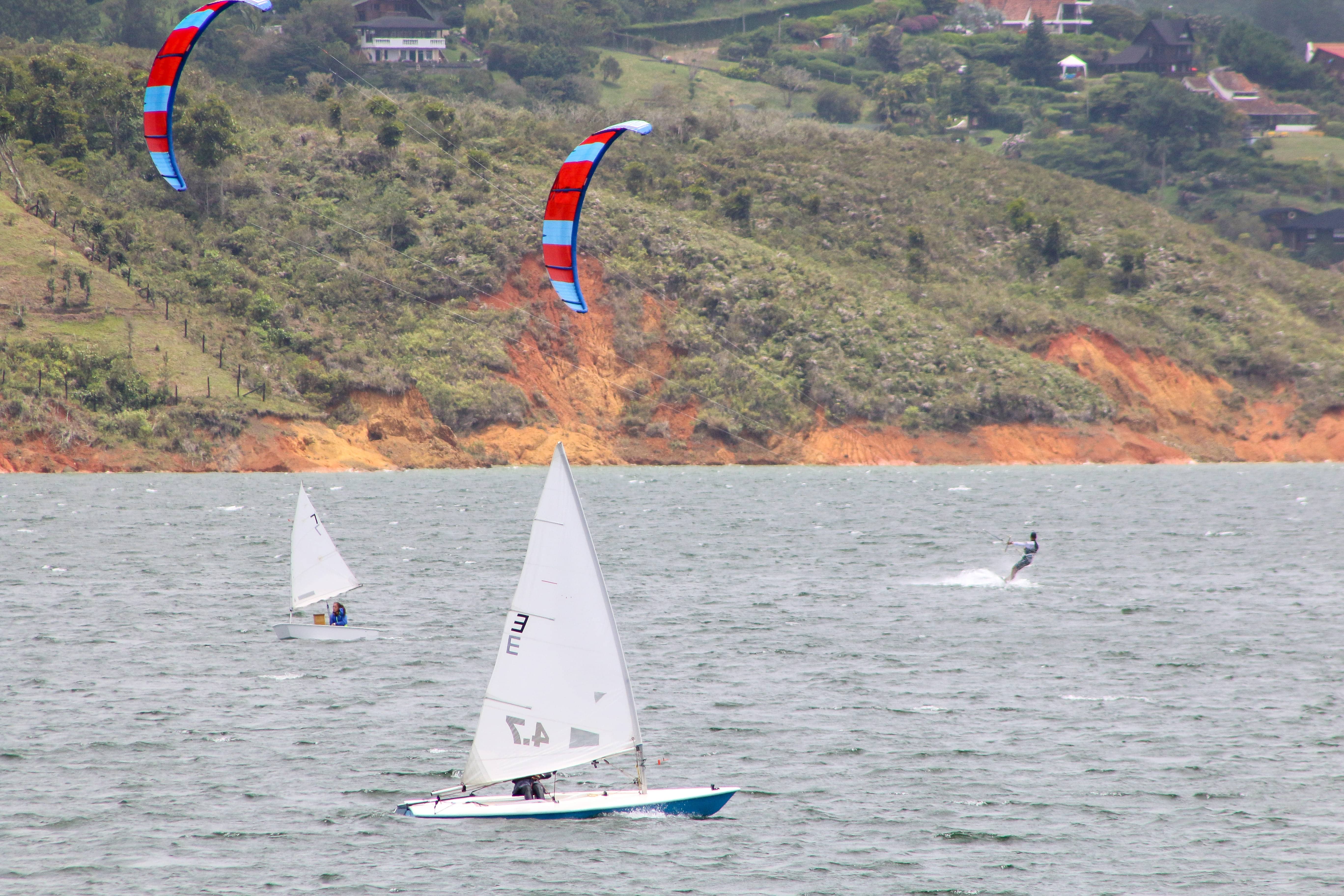 If out-of-city excursions aren’t your thing, you could visit the Cali zoo. There, you can stroll through 10 hectares (25 acres) that are home to 350 animals, including fascinating amphibian, reptile, bird, mammal, fish, and butterfly species. There’s also the Enrique Pérez Orchid Garden, where, each November, more than 5,000 varieties of orchids from Colombia and neighboring countries bloom for visitors’ delight.
If out-of-city excursions aren’t your thing, you could visit the Cali zoo. There, you can stroll through 10 hectares (25 acres) that are home to 350 animals, including fascinating amphibian, reptile, bird, mammal, fish, and butterfly species. There’s also the Enrique Pérez Orchid Garden, where, each November, more than 5,000 varieties of orchids from Colombia and neighboring countries bloom for visitors’ delight. 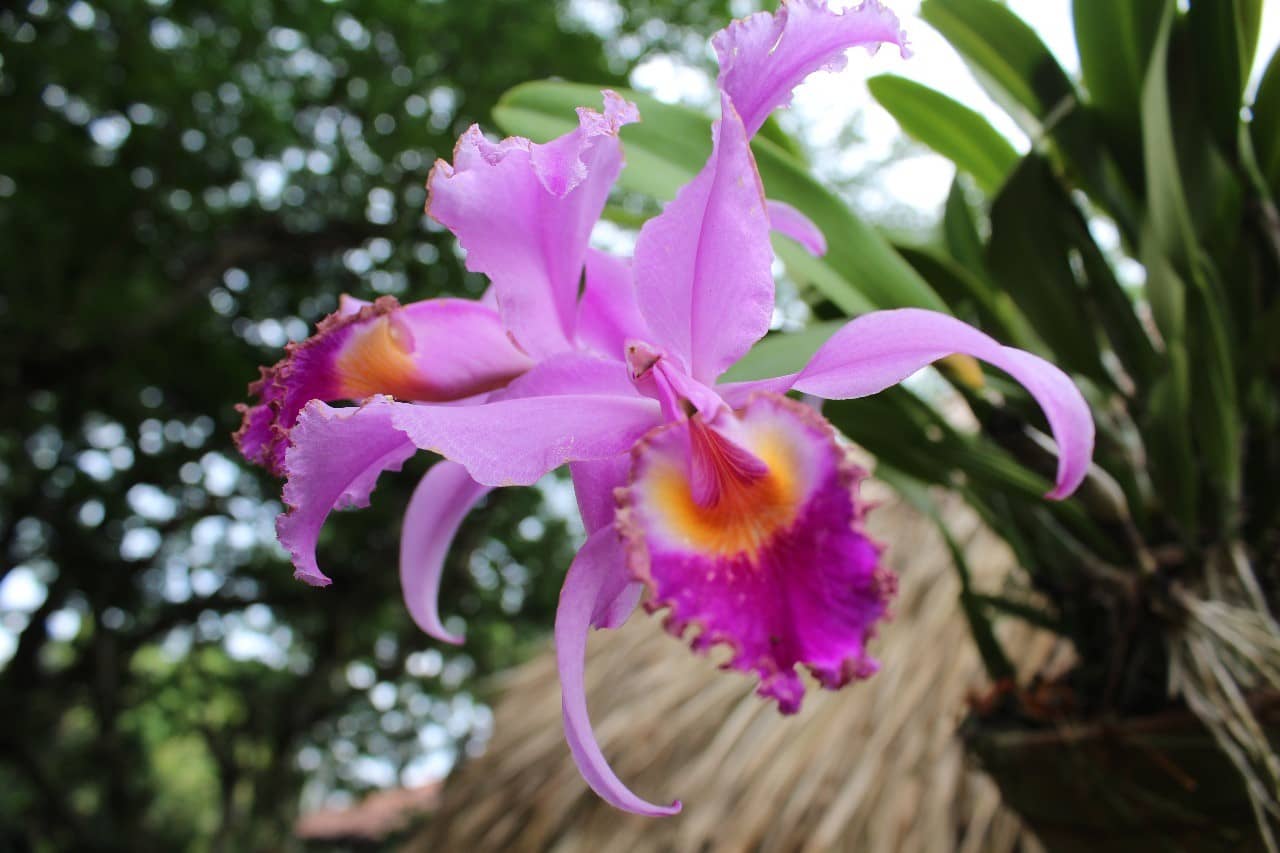
Route 3: Cali with the family
Between Palmira and El Cerrito, approximately 2 and a half hours from Cali via Ginebra, you’ll find the Sugar Cane Park Museum, an ideal place for a family visit where you can learn more about the Colombian Pacific’s culture. With a guided tour, discover the history of its prominent sugar cane industry. You’ll also have the chance to watch more than 300 plant species and 100 bird species that live in the park’s nearly 7 hectares (17 acres).
Route 4: Cali for foodies
There’s a popular saying in Cali: ¡Cali es sabrosura! Thanks to Grupo Niche, the salsa supergroup that has shaped the comings and goings of the city with their music, this leitmotiv has become one of Cali’s best cover letters. And when talking about flavor, Cali cooks better than most places on the planet.
Colombian food
Enjoy the unique flavors of aborrajados (plantain croquettes), marranitas (pork belly-stuffed green plantain balls), lulada (a pimped-up lulo drink), champús valluno (lulo, pineapple, and corn drink) and sancocho de gallina (hen sancocho) in some of the city’s most traditional restaurants, like El Zaguán de San Antonio, in the city’s historic district, or El Portón de Meléndez. If you want to taste some of the best pandebonos (Colombian cheese bread), pandeyucas (Colombian yucca bread), kumis (yogurt drink) and avena (oatmeal drink) in Cali, don’t miss 100 años de Pandebono or La Casa del Pandeyuca. 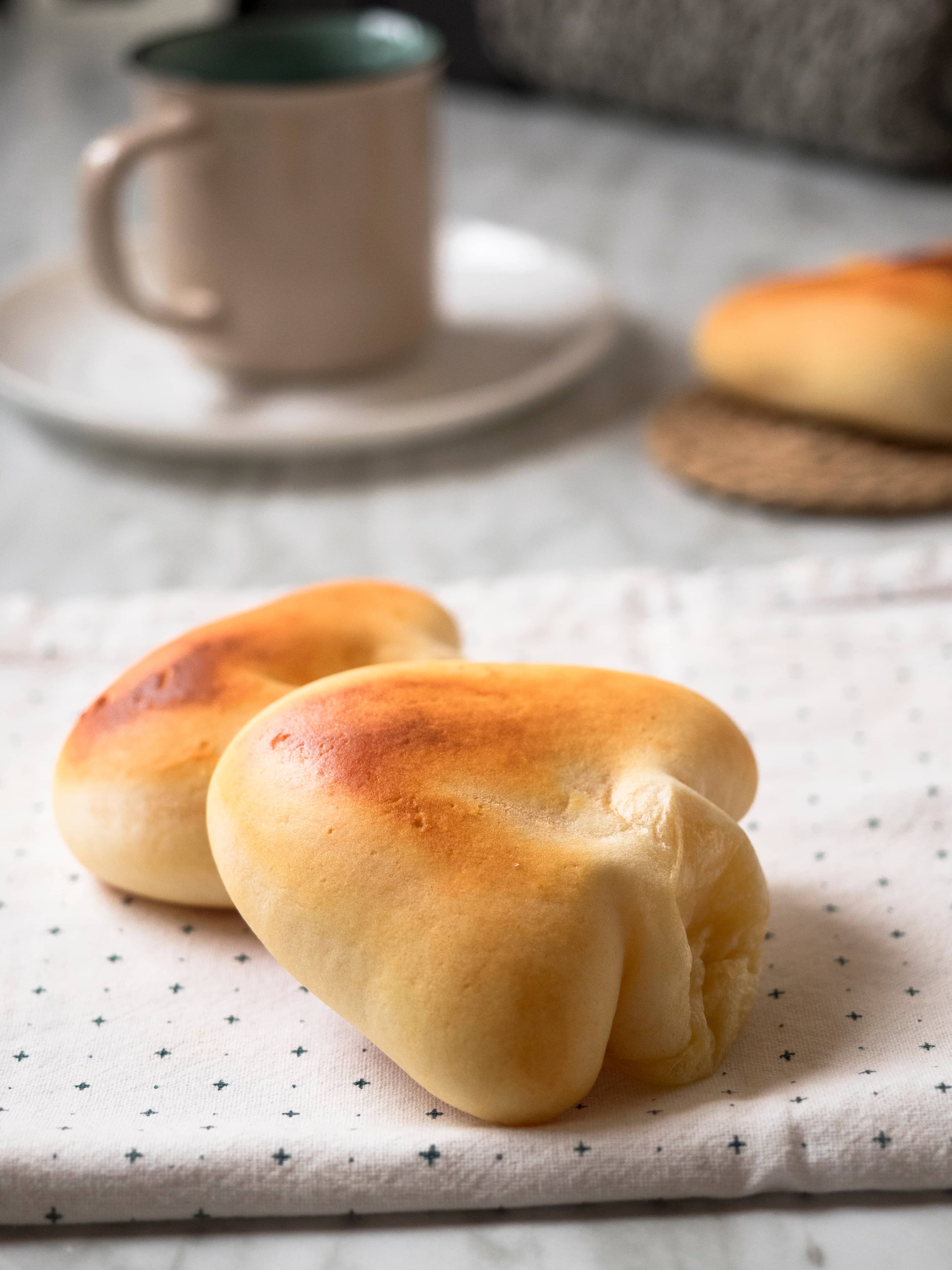
International food
During your stay in Cali, don’t forget to try some foreign cuisine as well. Colombia is a massively diverse country influenced by many cultures, and restaurants like Pica, with its creative Peruvian cuisine, Il Forno, specializing in Italian food, and Bourbon Street, with an extensive menu of cajun creole dishes inspired by New Orleans, perfectly exemplify Cali’s varied offer.. To end on a sweet note, head to Macondo Postres y Café, selected by La Barra—a culinary magazine—in 2014 as Colombia’s second-best cup of coffee. Another great restaurant you can’t miss is Primos, located in the Parque del Perro (Dog’s Park), a sector well known for its restaurants and bars. 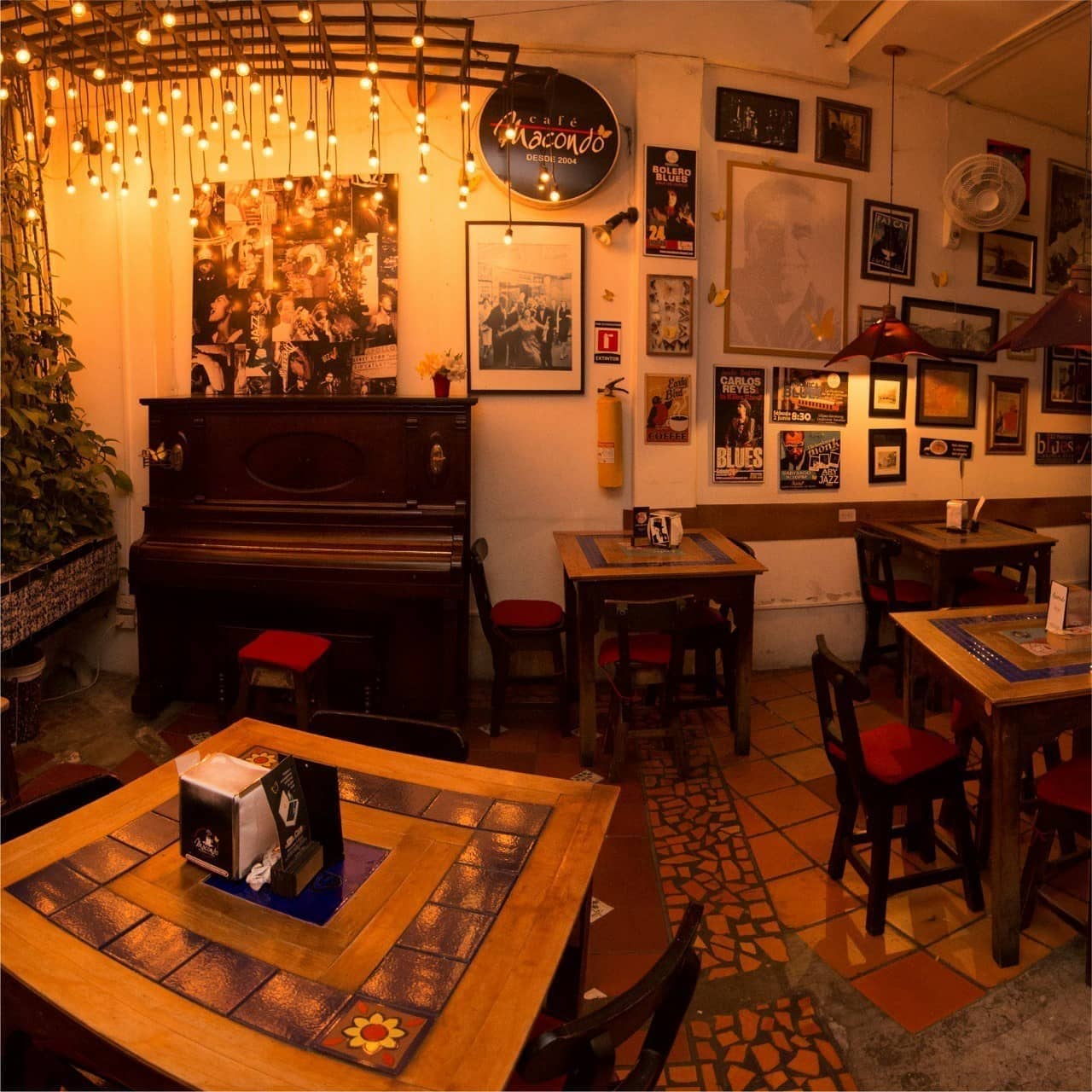
Route 5: Cali for dancers
If you’re looking to improve your dance moves, the Salsa Capital of the World is the place to learn the best steps. Before giving nightclubs your best shot, better dust off your moves and learn tons of new ones at a dance school first. You can thank us later. There are some great clubs to try if you want to make the most of the night in Cali, such as La Bodega Cubana, or the famous Club Discoteca Changó, in the Juanchito neighborhood, internationally recognized as the salsa Mecca. Tin Tin Deo, La Topa Tolondra, and Éxtasis are other great places to have a great time. Besides all this, the last Friday of every month is carpa Delirio, at the Parque del Amor (Love Park). This 4-level, 800 square meter space offers a unique salsa “circus show” with more than 120 artists and a live orchestra.  If dancing isn’t your thing, you can always head to other bars. For a crossover vibe, visit Kukaramakara and Praga, and for some good-old rock, Martyn’s Bar has got you covered.
If dancing isn’t your thing, you can always head to other bars. For a crossover vibe, visit Kukaramakara and Praga, and for some good-old rock, Martyn’s Bar has got you covered.
Bear in mind:
The Alfonso Bonilla International Airport offers flights to 12 national destinations: Bogotá, Barranquilla, Cartagena, Guapi, Medellín, Pasto, Puerto Asís, Quibdó, Santa Marta, and San Andrés, via 6 airlines. At the airport, you’ll find 24-hour taxi service, buses to Cali and Palmira’s bus terminals and car rental services. If you’re interested in any of these options, inquire at the airport’s traveler assistance office. Cali’s climate is humid and warm, so don’t forget to pack light, cotton clothing. Check the weather forecast before your trip; you may be arriving during winter, when downpours are likely. ; ;
You may also be interested in
Vallecaucano food: highly provocative and seductive Cali, a key industrial investment hub La Feria del Cali, a party to the salsa beat ;
 Welcome, you are in
Welcome, you are in 




